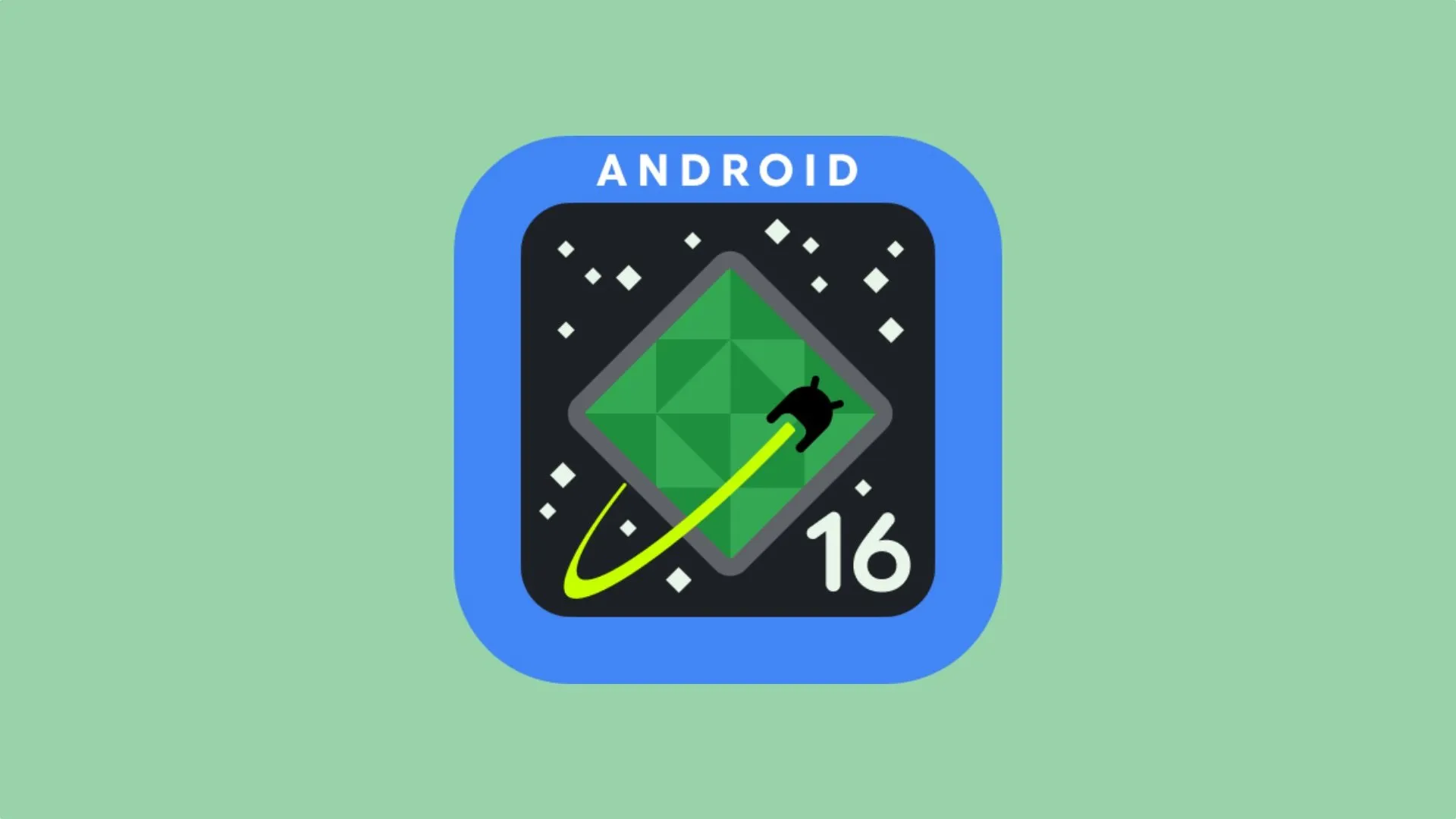For years, Google has adhered to a predictable yearly release cycle for its Android updates, traditionally launched towards the year’s end. In a strategic pivot, Google plans to introduce Android 16 several months ahead of schedule, aiming for a Q2 2025 release, followed by a minor update in Q4. This adjustment not only accelerates the update cycle but also aligns with Google’s commitment to delivering key features more swiftly to its users.
The developer preview of Android 16, although initially devoid of notable new features, sets the stage for public betas expected in Q1 2025. This shift in timing is particularly strategic, allowing Google to pre-install Android 16 on the anticipated Pixel 10 by August, well ahead of its launch.

Anticipating the Integration Challenges
While Google gears up for an expedited release, the onus is on other manufacturers to keep pace. Historically, companies like Xiaomi and Motorola have struggled with timely updates. The accelerated schedule of two updates in 2025 will undoubtedly test their adaptability. However, discussions with various manufacturers suggest preparations are underway to roll out Android 16 swiftly post-release, indicating a potential shift towards more prompt updates across the industry.
Interface Innovations and Multitasking Enhancements
With each update, Google has tweaked Android’s user interface, sometimes to mixed reviews. The oversized tiles introduced with the Material You design in Android 12 were pared down in subsequent updates due to mixed user feedback. Android 16 is expected to refine this further by reducing tile sizes, which could be a welcome change for Pixel users and others favoring a more streamlined aesthetic.

Furthermore, as foldable devices gain market traction, optimizing multitasking capabilities becomes crucial. Android 15 brought significant enhancements tailored for foldables, and with companies like OnePlus excelling in freeform multitasking modes, expectations are high for Google to introduce similar functionalities in Android 16.
Pioneering with AI and Expanding Ecosystems
AI continues to be a cornerstone of Android’s evolution. Google’s prowess in integrating AI across its services has been well received, and collaborations with other manufacturers are set to broaden AI accessibility. The interplay of AI tools between Google and brands like Honor and Samsung, particularly with devices like the Magic 7 Pro and Galaxy S25 on the horizon, is poised to enrich the Android experience with advanced AI features.
Merging Worlds: Android and ChromeOS
An intriguing aspect of Google’s strategy is the gradual merging of Android with ChromeOS. This convergence aims to enhance interoperability between mobile and desktop environments, creating a seamless user experience across devices. As the boundaries between operating systems blur, users stand to benefit from a cohesive ecosystem that leverages the strengths of both platforms.

The Dawn of Android XR
Looking further ahead, Google’s collaboration with Samsung and Qualcomm introduces Android XR, a new operating system designed for extended reality headsets and glasses. Set for a preliminary showcase in 2025 with Samsung’s Project Moohan, Android XR aims to standardize the user experience across XR devices by integrating popular Google services like YouTube, Google TV, and Google Maps. This initiative could significantly influence the extended reality market, making these technologies more accessible and integrated into everyday life.










